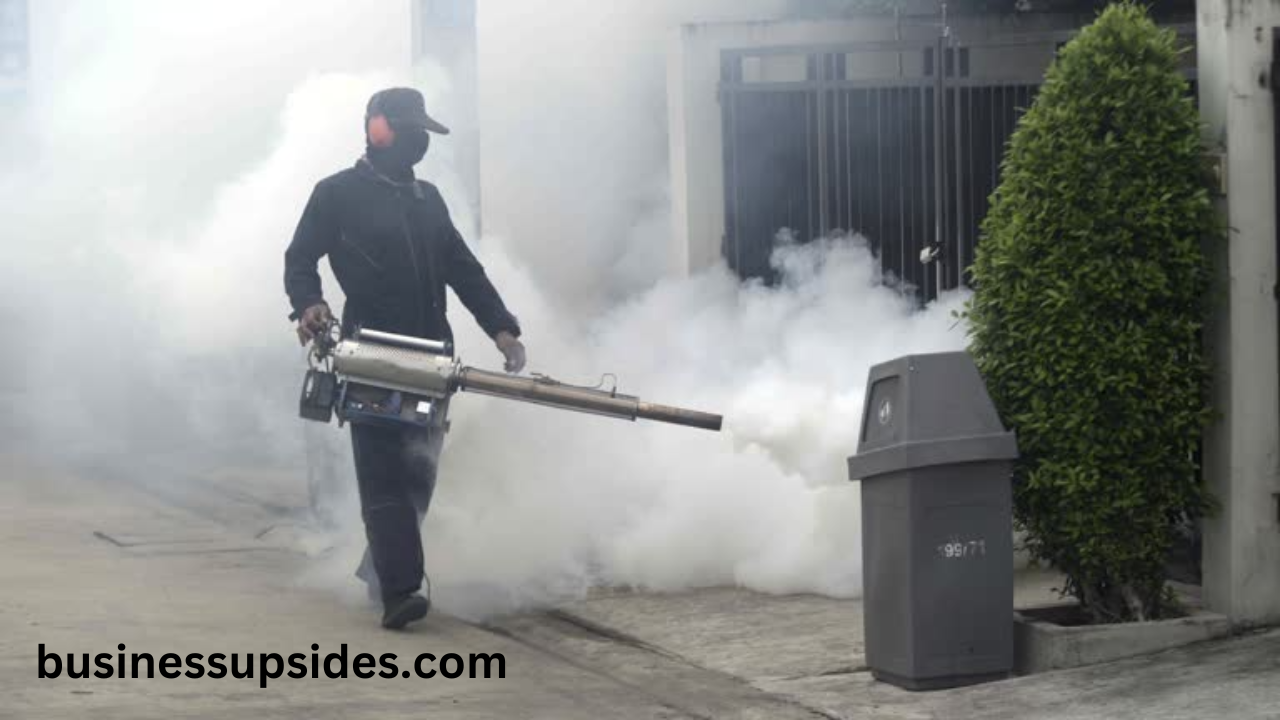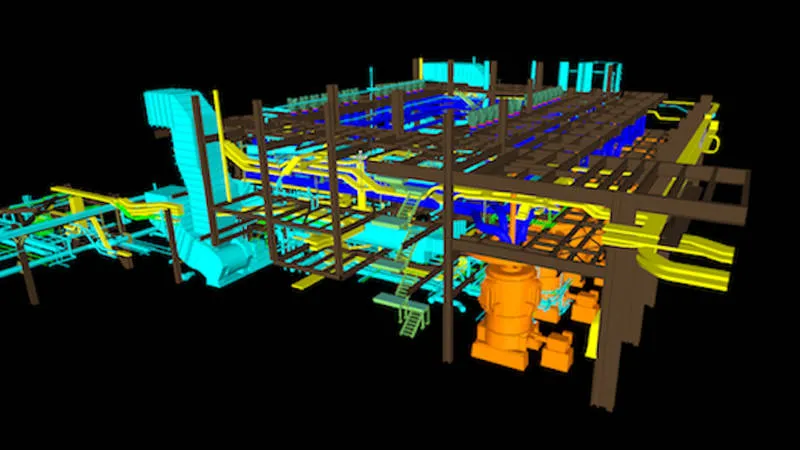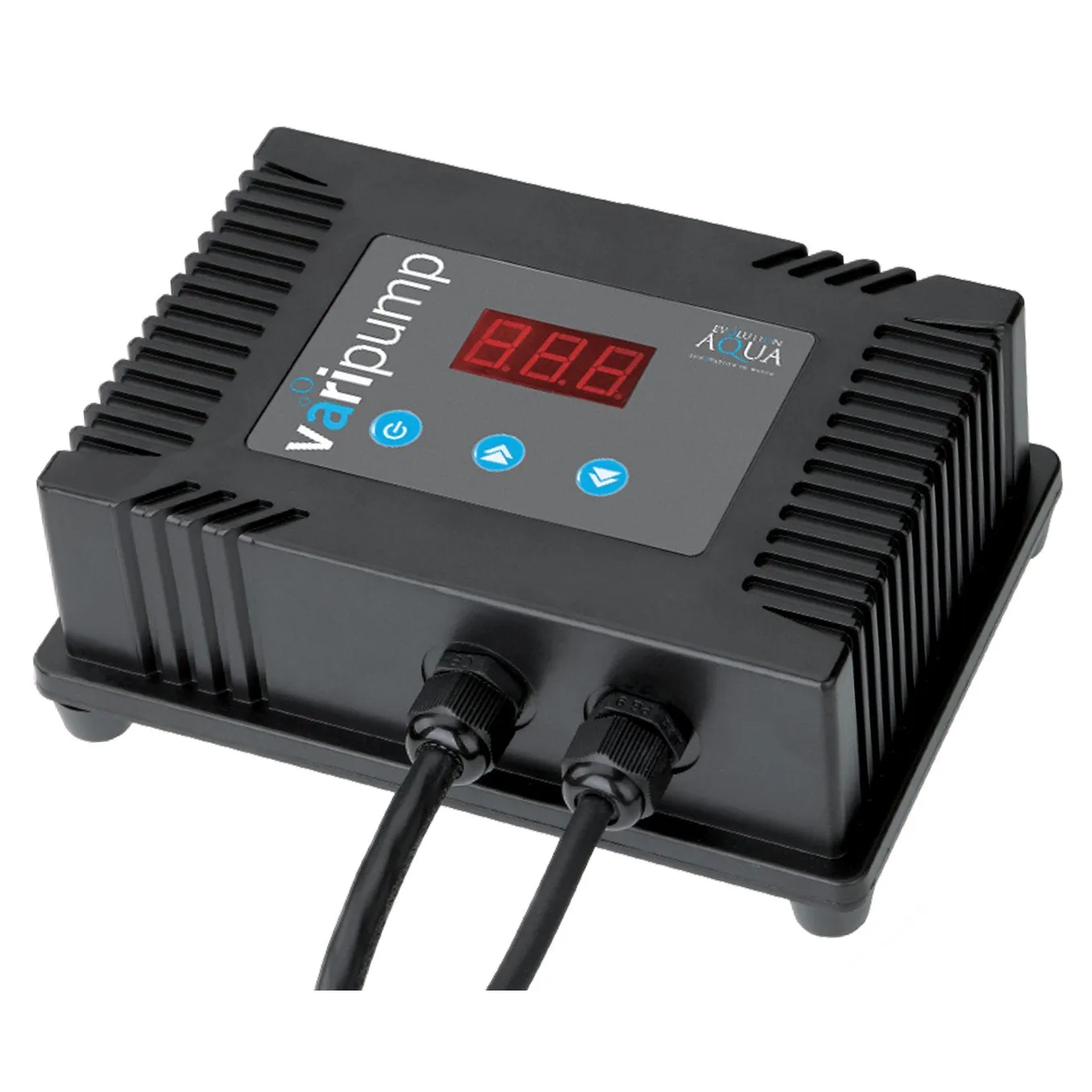Pesticide Smoke Gun to Its Use, Functionality, and Benefits
In the world of pest control, efficient methods are vital for keeping homes, businesses, and agricultural fields free from harmful pests. One of the most innovative tools in pest management is the pesticide smoke gun—a specialized device designed to disperse pesticide fog or smoke over large areas. By turning liquid pesticide into a fine mist or smoke, this equipment provides an effective and wide-reaching solution for eliminating various pests, from insects to bacteria, in environments where traditional methods may fall short. This article will explore everything you need to know about pesti cide smoke guns, including how they work, their types, benefits, applications, safety considerations, and more.
What is a Pesticide Smoke Gun?
A pesti cide smoke gun, often referred to as a fogger or smoke generator, is a device that disperses pesticides in the form of a mist or smoke. It is designed to control pests by spreading a fine aerosol of pesticide particles throughout an area. Pesticide smoke gun accomplished by heating or pressurizing the pesticide to create a dense fog or smoke, which can penetrate hard-to-reach areas such as cracks, crevices, and other places where pests typically hide.
These devices come in various forms, and the method of dispersion can vary depending on the technology used. For example, some use heat to vaporize the pesticide, while others use pressure to atomize the pesticide into small droplets. Regardless of the method, the goal is the same: to create an effective pesticide barrier that covers as much surface area as possible and eradicates pests efficiently.
How Does a Pesticide Smoke Gun Work?
The operation of a pesti cide smoke gun involves the creation of a fine mist or smoke that disperses the pesticide over a wide area. Here’s a breakdown of how the process works:
- Pesticide Preparation: The pesticide is either in liquid or vapor form. When using a smoke gun, the pesticide is often a concentrated solution that can be diluted or mixed with a carrier liquid.
- Heating or Pressurizing: Depending on the type of smoke gun, the pesticide is either heated or pressurized. In thermal foggers, for instance, the liquid pesticide is vaporized using a heating element to create a fog-like smoke. In cold foggers, the pesticide is atomized by pressurized air, which creates a mist rather than smoke.
- Dispersion: Once the pesticide is either vaporized or atomized, the device releases the pesticide in the form of a fine mist or smoke. This mist is designed to be light and small enough to remain suspended in the air for an extended period, allowing it to cover large areas and reach places that would otherwise be difficult to treat.
- Effectiveness: The fine particles produced by the pesti cide smoke gun can penetrate walls, ceilings, and other surfaces, ensuring that even pests hiding in hidden or hard-to-reach places are effectively targeted.
Types of Pesti cide Smoke Guns
There are several types of pesti cide smoke guns, each suited to different pest control applications. The two most common types are thermal foggers and cold foggers. Here’s a closer look at each:
Thermal Foggers
Thermal foggers are the most common type of pesticide smoke gun. They use heat to convert the liquid pesticide into a fine mist or smoke. This is done by using a heating element that vaporizes the liquid pesticide into tiny droplets that can then be dispersed into the air.
- How They Work: The liquid pesticide is introduced into the fogger’s heating chamber. The heating element then vaporizes the liquid, and the resulting smoke is expelled through the nozzle. The smoke is typically thick and dense, making it ideal for use in large open spaces or areas with dense vegetation.
- Applications: Thermal foggers are widely used in agriculture and urban pest control. They are especially effective for eliminating mosquitoes, flies, termites, and other airborne pests. These foggers can also be used to treat fungal infections or other agricultural pests.
- Benefits: Thermal foggers produce dense fog, which allows the pesticide to cover a large area quickly. The heat ensures that the pesticide is broken down into very fine particles, making it easier for the mist to reach even the smallest cracks and crevices.
Cold Foggers
Cold foggers, also known as ultra-low volume (ULV) foggers, are a type of pesti cide smoke gun that does not rely on heat. Instead, they use high-pressure air or a mechanical atomizer to create a fine mist of pesticide.
- How They Work: Cold foggers operate by pumping pesticide through a nozzle under high pressure, creating a fine mist of tiny droplets. The mist is generally much lighter than the smoke produced by thermal foggers, but it still provides widespread coverage.
- Applications: Cold foggers are commonly used for indoor pest control and vector control, particularly for the elimination of mosquitoes. Because cold foggers do not use heat, they are ideal for use in areas where heat could be a problem, such as food storage areas, greenhouses, and laboratories.
- Benefits: Cold foggers produce a finer mist compared to thermal foggers, which can be advantageous for applications that require precise control of the pesticide dispersion. They also tend to be safer for use in enclosed areas because they do not produce excessive heat or smoke.
Previous article; Gold Dangle Earrings A Timeless Elegance and Versatile Accessory
Applications of Pesticide Smoke Guns
Pesti cide smoke guns have a wide range of applications in both residential and commercial pest control. Here are some of the most common uses for these devices:
Agriculture
In the agricultural industry, pesti cide smoke guns are frequently used to protect crops from pests and diseases. They are an essential tool for controlling insect pests, fungal infections, and bacterial diseases that can devastate crops. Smoke guns can help treat large fields or greenhouses quickly, ensuring that crops are protected.
- Crop Protection: Smoke guns are used to apply fungicides, insecticides, and other chemical treatments to crops. The fine mist ensures that even the undersides of leaves or dense foliage are treated.
- Pest Eradication: Pesticide foggers are often used to target hard-to-reach areas in the fields, ensuring that pests hiding in tall grasses or within the soil are also eliminated.
Public Health and Urban Pest Control
Pesti cide smoke guns are an important tool in public health for controlling pests like mosquitoes, flies, and other vectors of disease. The vector control programs that aim to prevent the spread of diseases like malaria, dengue fever, and Zika virus often rely on fogging techniques to control mosquito populations.
- Mosquito Control: In urban areas, pesti cide smoke guns are used to reduce mosquito populations, especially in areas with standing water where mosquitoes breed.
- Insect Eradication: These foggers are also used in homes and businesses to eliminate common pests such as flies, ants, and cockroaches. The fine mist can be directed into cracks and crevices where insects may hide.
Food and Agricultural Storage Facilities
In food storage facilities, pesti cide smoke guns are used to eliminate pests like grain moths, rodents, and weevils that can infest stored food products. The fog generated by these devices can easily spread throughout storage rooms, ensuring all surfaces are treated.
- Sanitation and Pest Control: Fogging in food storage areas helps maintain sanitation while preventing infestations that could lead to contamination.
Home and Garden Use
In residential settings, pesticide smoke guns are used to control pests in gardens, on lawns, and inside homes. The devices are often used by pest control professionals but can be purchased for personal use as well.
- Termite Control: Termites are a serious threat to homes, and pesticide foggers can be used to treat areas where termites are nesting.
- Garden Pest Control: Foggers can be used to control pests on plants, ensuring that unwanted insects are eradicated without harming the plants themselves.
Safety Considerations When Using Pesti cide Smoke Guns
While pesti cide smoke guns are highly effective at controlling pests, they must be used with caution. Proper safety measures are crucial to protect users, the environment, and non-target species. Here are some important safety considerations:
- Protective Gear: When using a pesti cide smoke gun, it is essential to wear protective gear, including gloves, goggles, a mask or respirator, and long sleeves. This will minimize the risk of exposure to harmful chemicals.
- Ventilation: Ensure that the area being treated is well-ventilated to prevent the buildup of toxic fumes. If using a smoke gun indoors, consider evacuating people and pets from the area.
- Proper Training: Pesticide foggers should only be operated by trained professionals or individuals who are knowledgeable about the correct procedures. Misuse can result in ineffective pest control or damage to property.
- Environmental Impact: Always follow the manufacturer’s instructions regarding the appropriate pesticide for use with the smoke gun. Overuse or misuse can lead to environmental contamination, harming wildlife and beneficial insects.
- Storage and Disposal: Store pesticides in a safe, secure location away from children, pets, and food sources. Properly dispose of any leftover pesticide and containers according to local regulations.
Conclusion
The pesticide smoke gun is a powerful and efficient tool for controlling pests in a wide range of settings. Whether used in agriculture, urban pest control, food storage facilities, or homes, this device helps ensure that pests are eradicated in a manner that covers a large area quickly and effectively. From thermal foggers to cold foggers, each type of pesti cide smoke gun offers its own unique benefits depending on the application. However, as with any pesticide application, safety is paramount, and proper precautions must be taken to ensure that these tools are used responsibly and safely. When used correctly, pesti cide smoke guns can provide a valuable solution to pest control challenges, ensuring a pest-free environment and a healthier, more productive space.











Post Comment